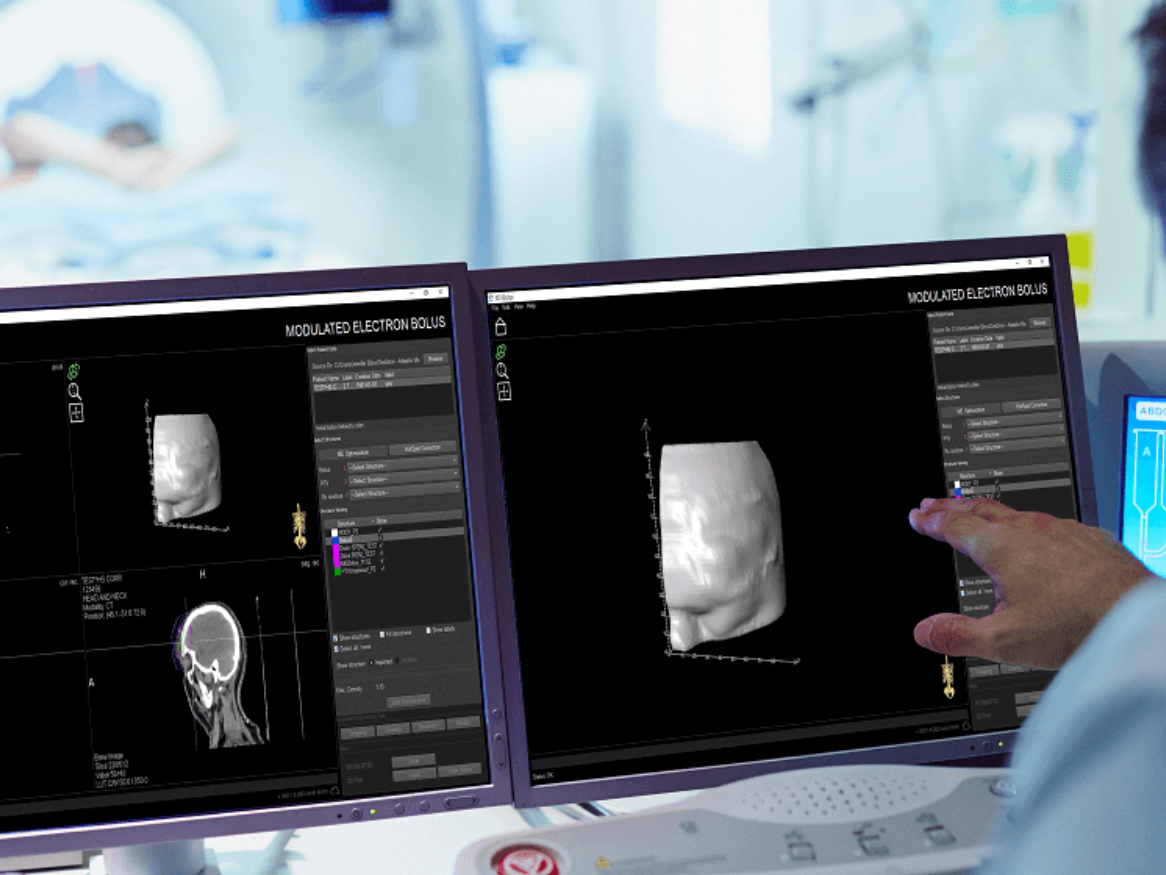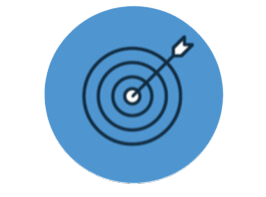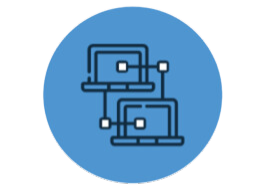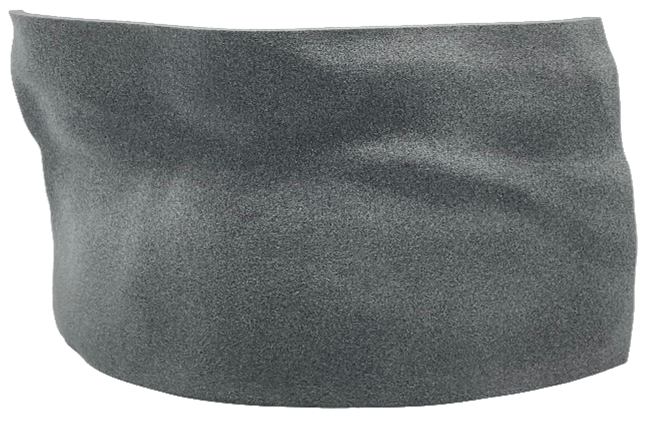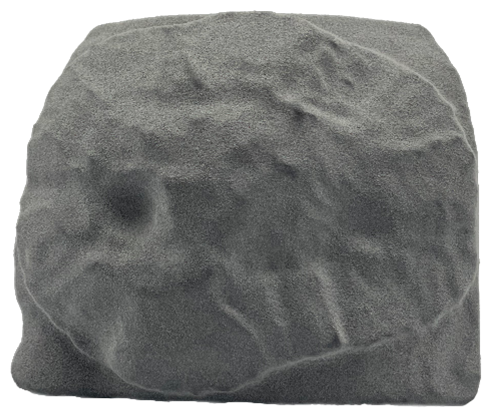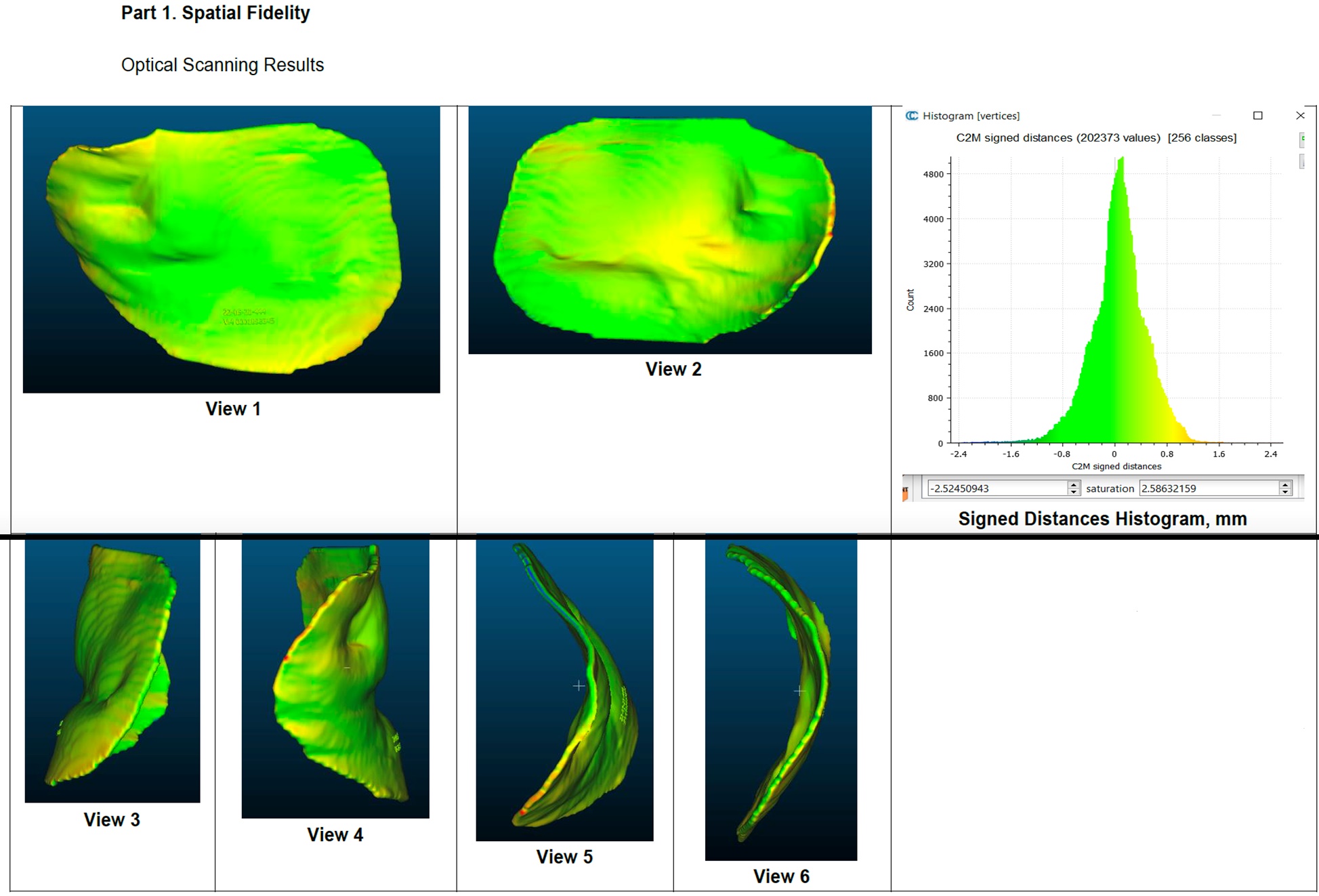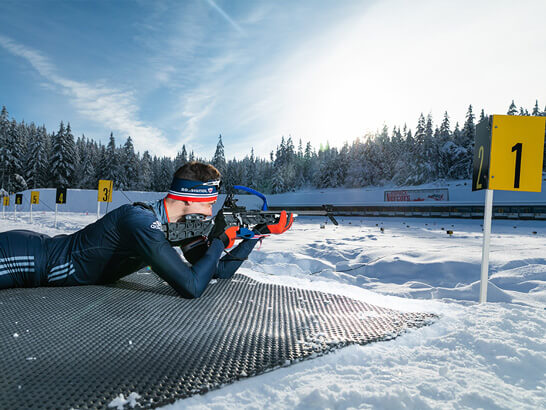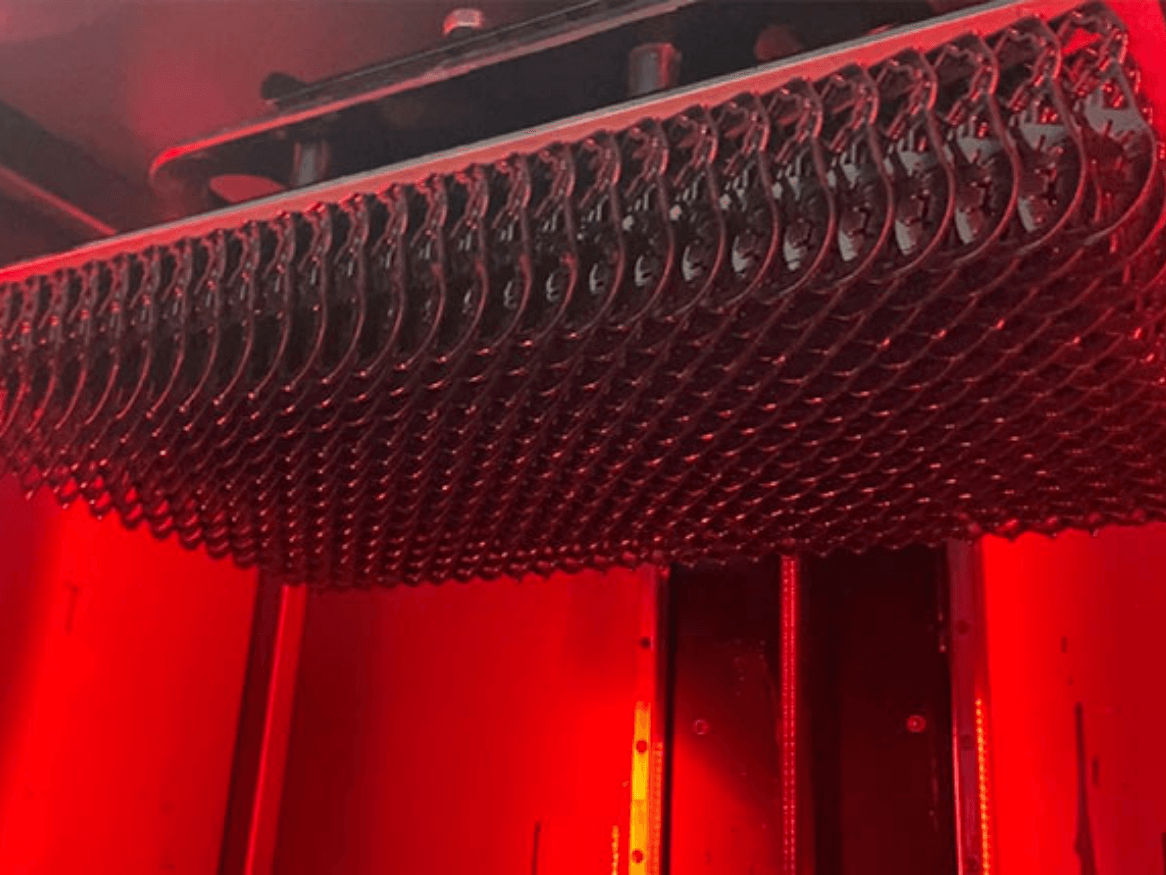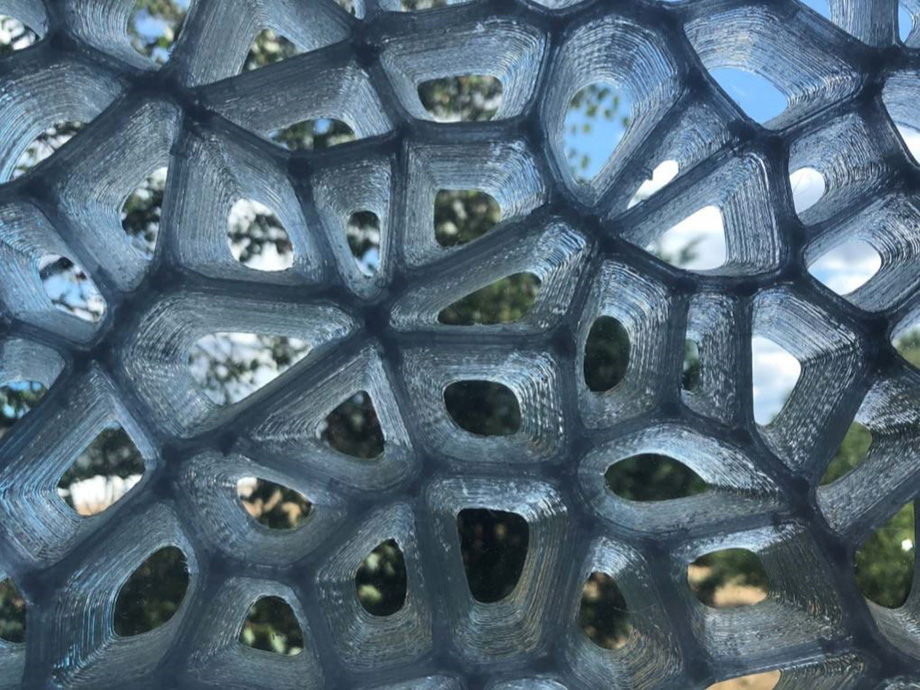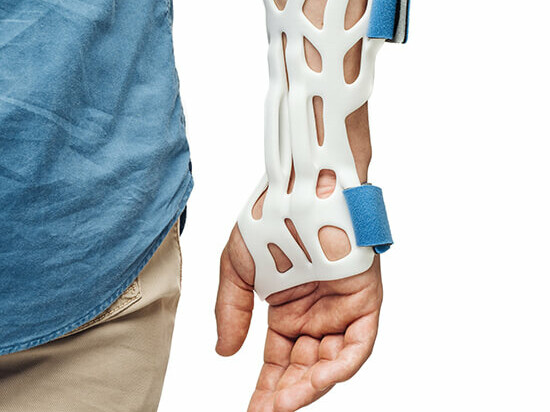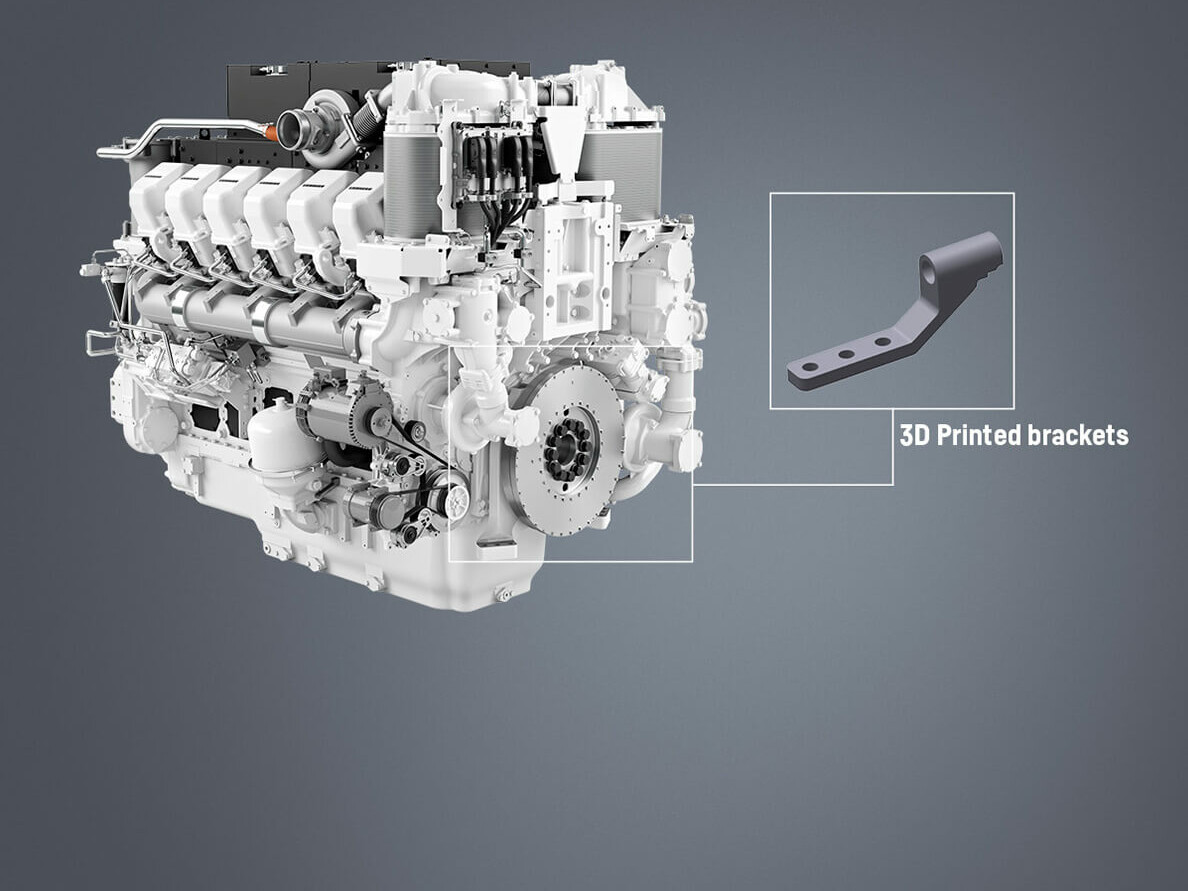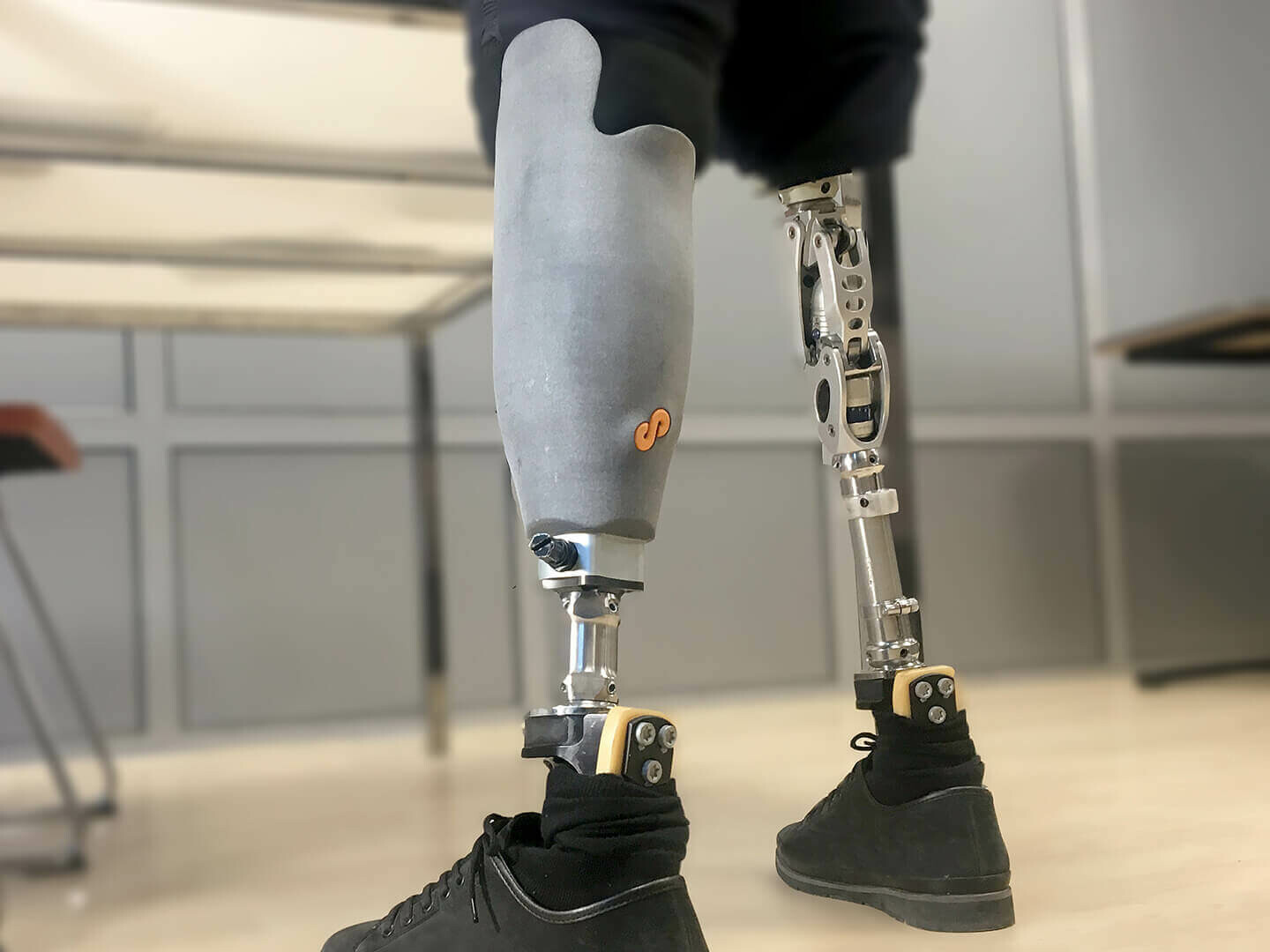How Additive Manufacturing Enables More Personalized Healthcare with Adaptiiv
Using patient-specific 3D printed bolus for cancer treatment through radiation therapy
Affecting nearly 3 million people worldwide each year, skin cancer is the most common type of cancer as studies have shown an upward trend of incidence over the past 30 years. Radiation treatment of skin cancer can be administered in a variety of different ways, with a common factor in each technique being that the radiation must be delivered superficially with the use of bolus, sparing as much of the underlying tissue as possible.
Table of Content
Project Breakdown
Industry
Medical (Radiation Oncology)
Material / Product
Ultrasint® TPU01
Why Forward AM?
Advanced material enhances personalization and comfort
The result
3D printed bolus improves clinical precision, operational efficiency, and overall patient experience
Despite significant technological advances in cancer therapies, the conventional bolus is still widely used and continues to fall short. This can compromise the efficiency of radiation treatment, resulting in not only a poor patient experience, but can lead to further health complications.
By leveraging Additive Manufacturing, Forward AM’s powder Ultrasint® TPU01, and HP Inc. (HP) Multi Jet Fusion (MJF) printing technology, Adaptiiv On Demand is allowing clinical teams to deliver precise treatment and provide personalized healthcare to every patient with 3D printed bolus.
Challenge: Creating personalized treatment accessories on demand
Within the planning and delivery of radiation treatments, a primary goal is the administration of a sufficient and uniform dose to a target volume that extends to and includes the skin. For either megavoltage (MV) photon or electron beams, this typically necessitates the placement of a bolus on the surface of the patient’s skin. Conventional bolus typically consists of a vinyl gel sheet that is uniform in thickness and is unable to accommodate for complex anatomical irregularities creating air gaps between the bolus and the skin of a patient.
A precise fit of the bolus is important to reduce inadvertent air gaps between the bolus and the skin which can result in a lesser dose to affected areas [1]. For example, at the basal cell layer for a 6 MV photon beam, underdosing can occur by up to 4% and 10% for 4 mm and 10 mm air gaps below the bolus, respectively, depending on field size and angle of incidence [2]. Through the use of Additive Manufacturing, Adaptiiv On Demand provides a solution that allows practitioners to use existing patient data to design and create personalized, 3D printed treatment accessories on demand.
[1] Robar J, et al. Intrapatient study comparing 3D printed bolus versus standard vinyl gel sheet bolus for postmastectomy chest wall radiation therapy. Practical Radiation Oncology, 2017; 8(4), 221–229.
[2] Butson MJ, Cheung T, Yu P, et al. Effects on skin dose from unwanted air gaps under bolus in photon beam radiotherapy. Radiat Meas. 2000; 32:201-204.
Solution: Combining Forward AM’s Ultrasint® TPU01 with Adaptiiv software and HP MJF printing technology
The result is a regulatory cleared service called Adaptiiv On Demand. By combining Adaptiiv’s proprietary software platform with HP MJF printing technology and BASF Ultrasint® TPU01, clinics are now able to design and order patient-specific 3D printed bolus, on demand. This service produces flexible parts with high throughput, excellent quality, and exceptional level of detail. Clinics can enhance treatment precision, improve operational efficiency, and provide greater access to personalized care for patients. Through the collaborative efforts of Adaptiiv and Forward AM, Cancer Treatment Clinics around the world such as Dana-Farber Cancer Institute, MD Anderson, Stanford University, Cedars-Sinai, and University of Oxford are providing their patients with this highly effective and customized bolus for radiation treatment.
MJF printing technology in combination with the Ultrasint® TPU01 results in a part suitable for a wide range of healthcare applications. Producing a 3D printed bolus provides a customized fit, superior spatial fidelity, and consistency for each treatment fraction as well as delivering a more effective dose as the maximum air gap dimension can be reduced by up to 40% using a bolus created with patient-specific data [1].
By utilizing Additive Manufacturing, the Adaptiiv process creates a simple and reproducible workflow through the combination of MJF plus Ultrasint® TPU01 which delivers both high process stability and repeatability of the material as well as instant digital ordering, streamlined logistics, and bolus design verification prior to printing. The use of 3D printed bolus has shown to reduce patient setup time at the treatment unit by 30% [1].
Clinics can take advantage of a low-risk approach to providing personalized care without upfront costs or financial commitments. Complete with FDA clearance, each bolus ordered through Adaptiiv On Demand is quality assured before delivery to ensure each part meets minimum specifications and has passed all acceptance criteria.
The established product specifications are as follows:
- Density is tested for each part where density is expressed as measured physical part mass per unit design file digital part volume (design STL).
- Spatial fidelity is tested for each part via optical imaging.
- There are specific tolerance limits that each printed part must pass in order to meet acceptance criteria.
Result: Personalized care for patients receiving radiation treatment
By harnessing the benefits of Additive Manufacturing, Adaptiiv On Demand is an FDA 510(k) cleared service that allows clinical teams to design a patient-specific bolus which is 3D printed using HP MJF technology and efficiently shipped with a quality assurance certificate so patients can receive customized care on time and as planned.
Each bolus is designed to exacting standards and measurements based on patient data from a CT scan which significantly reduces air gaps, spares healthy tissues, and provides superior dose distribution compared to traditional methods. Most importantly, patient comfort and overall experience is improved leading to increased peace of mind knowing that their bolus was created just for them based on their specific anatomy.
“Adaptiiv has enabled us to confidently tackle situations where we would normally struggle to apply bolus. The benefit has already been seen in reduced setup times, improved patient comfort and reproducibility. The ability to print the precise bolus required for electrons or photons is a powerful tool in an RT department.”
Ciaran Malone, Medical Physicist, Saint Luke’s Radiation Oncology Network, Dublin, Ireland
Share this page
Next Steps
Reference Links and Documents
Get in touch
Do you have questions about our materials, technologies or services? Get in touch now!
